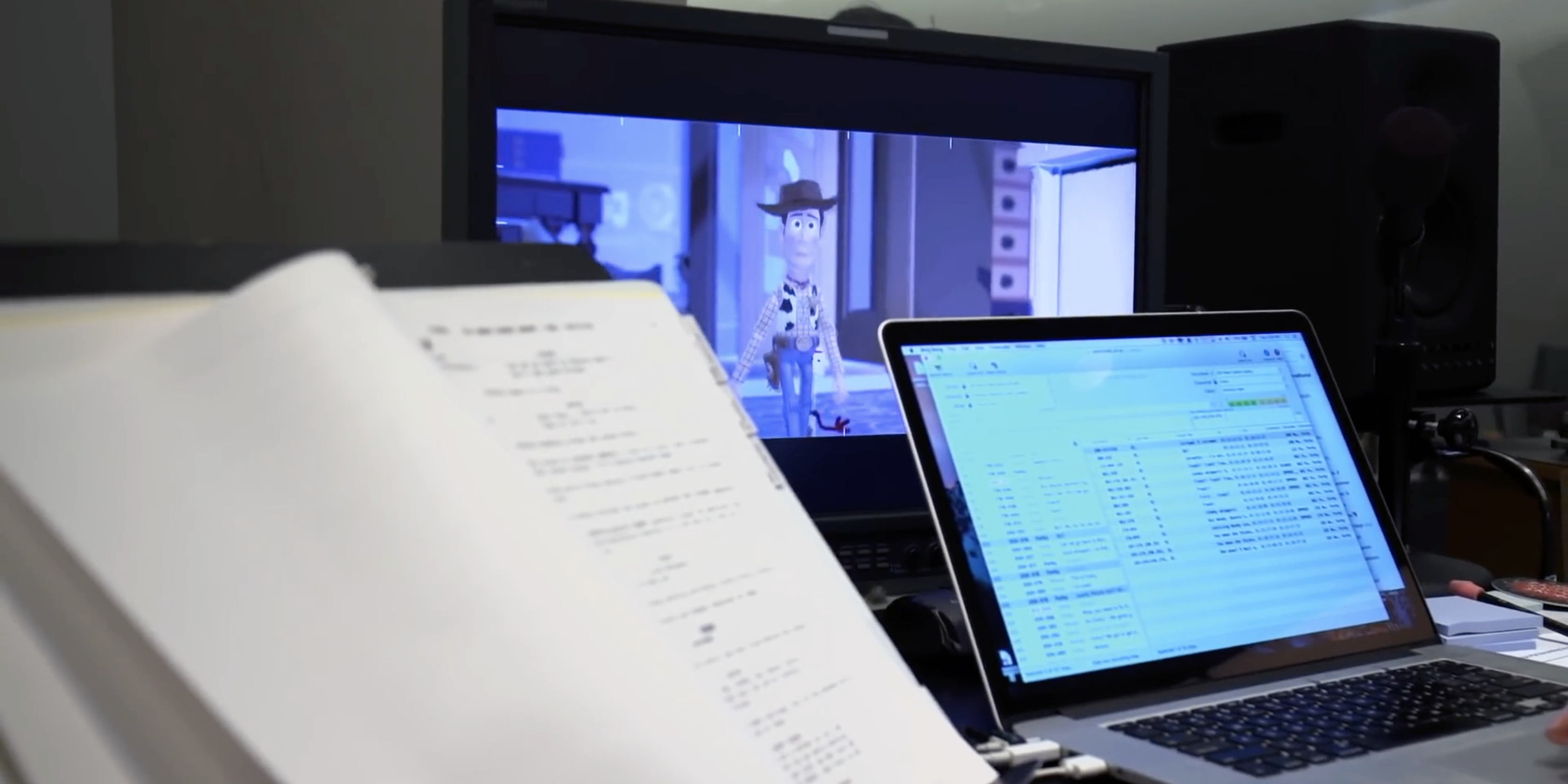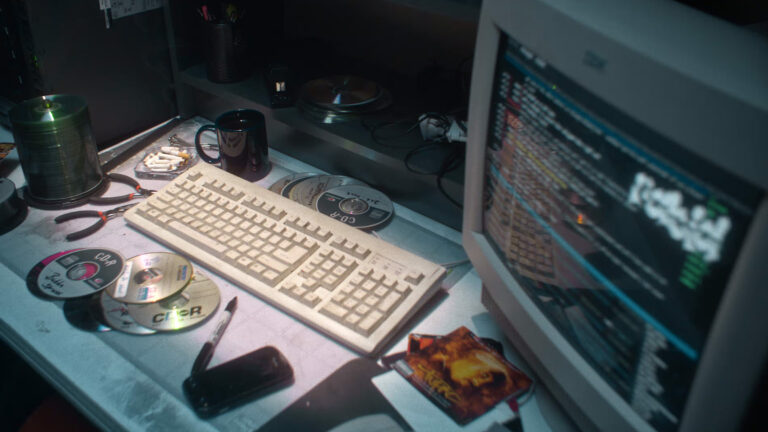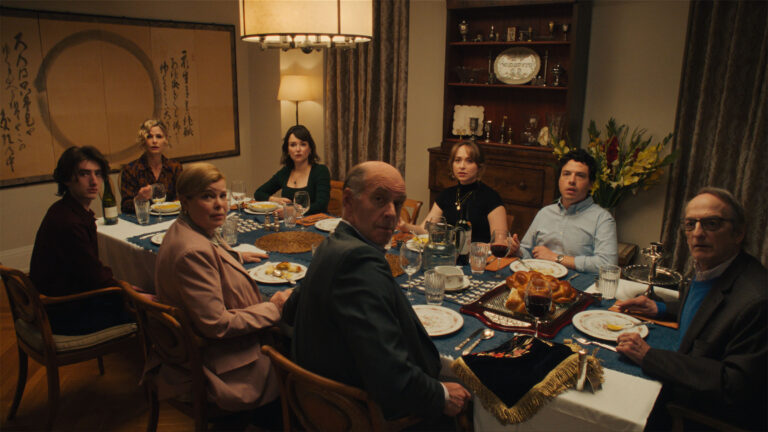When I tell fellow post-production professionals that my job is editing animation, the most common question I get is, “So, do they just give you handles on everything?” It’s an understandable question for anyone working in the live-action world, but it’s a sign that the role of animation editors isn’t well understood.
Ken Schretzmann, editor of Toy Story 3 and Cars (among many other animated features), once described it this way: “In live-action, you shoot first and edit later. In animation, you edit first and shoot later.” And he’s absolutely right. Compared to live-action editing, animation editing is upside down.
Before the first frame is even drawn, animation editors are already deeply immersed in the process of cutting their stories. Of course, live-action editors often go to work before shooting begins. But the art of animation editing is unique in its own right.
In this article, we’ll explore the three main stages of editing animation. And why animation workflows are so unique in the film and television industry.
Contents
Radio play
Editorial of an animated production generally begins after the voice actors record the script. In some cases, each actor records their lines individually. But there are also “cast records” where all the voice actors are in the studio together.
In my experience, cast records produce the best results. Being in the same room lets actors play off of each other’s energy and improvise in ways that aren’t possible when they’re alone in a soundproof room. It’s sometimes a challenge to get high-demand talent together in the same room. Especially if the production has a fast-paced schedule. But it can produce some of the most memorable performances and relationships in animation.
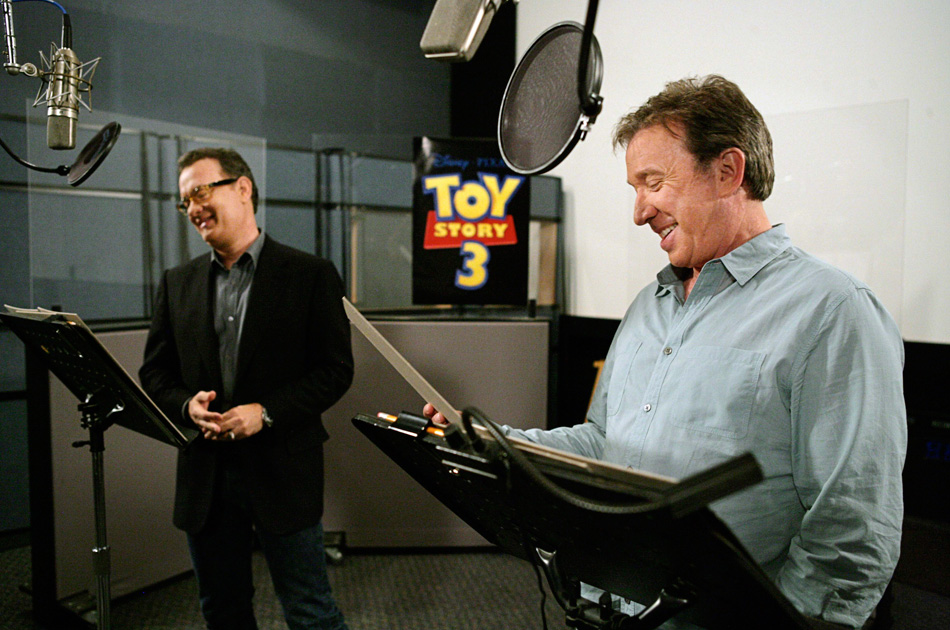
After all the audio is recorded, I start by editing the radio play, an all-audio version of the script. It consists mostly of the dialogue with a few key sound effects and music. And in order to get an accurate runtime, non-dialogue actions are also slugged in.
Beyond simply relying on instinct and experience to estimate how long an action should take, animation editing often involves acting out the scenes of the story. For example, my colleagues and I have choreographed fights, vocalized tire screeching sounds, and generally behaved like kids in the pursuit of accurate timing. It’s a necessary task that adds quite a bit of fun to the process.
Crafting
But the real work comes with crafting actor performances. This is an essential function for any editor. But in the world of animation editing, the editor’s options are next level. Without the constraints of continuity and jump cuts, anything and everything that’s been recorded is fair game. Seldom do animation editors choose the “best take” in its entirety. We comb through all recorded material in search of the best sentence, word, or grunt. All the way down to a single breath. Just to piece a single line together.
The radio play serves as the basis for the storyboard team’s subsequent work, which is why I consider it one of the most important foundational steps to launching an animated production. It’s the point in the process where you’re working with story, performance, and timing in their raw forms and can really evaluate the best deliveries from the actor(s).
It’s also the easiest place to make story or plot changes, in that anything can be rewritten and recorded—before the animation has started. The further an animated show gets into the production process, the more changes ripple down into other departments.
When preparing a radio play for storyboarding, it’s really important for the editor to hone the timing as closely as possible. Removing excess content helps prevent the storyboard artists from wasting time creating drawings or elements that will never make it to the final cut. Cutting an extra second from the radio play can save subsequent teams hours of unnecessary work.
Animatic
Of all the stages of production, animatics come with the largest variety of names. Storyboards, story reels, boardomatics, and leica reels are all synonyms for what I’ll just refer to as an animatic.
The animatic is essentially the rough cut of the story that the animation will be based on. Camera blocking, character action, and design are all explored in these rough drawings. It’s a period of boundless creativity where nearly every visual element of an animated production is experimented with and ultimately decided on by the team.
In general, storyboard artists create the drawings with the director, typically using a program called Storyboard Pro. This program is a favorite in animation circles, as it allows artists to roughly time out action as they draw new storyboard panels.
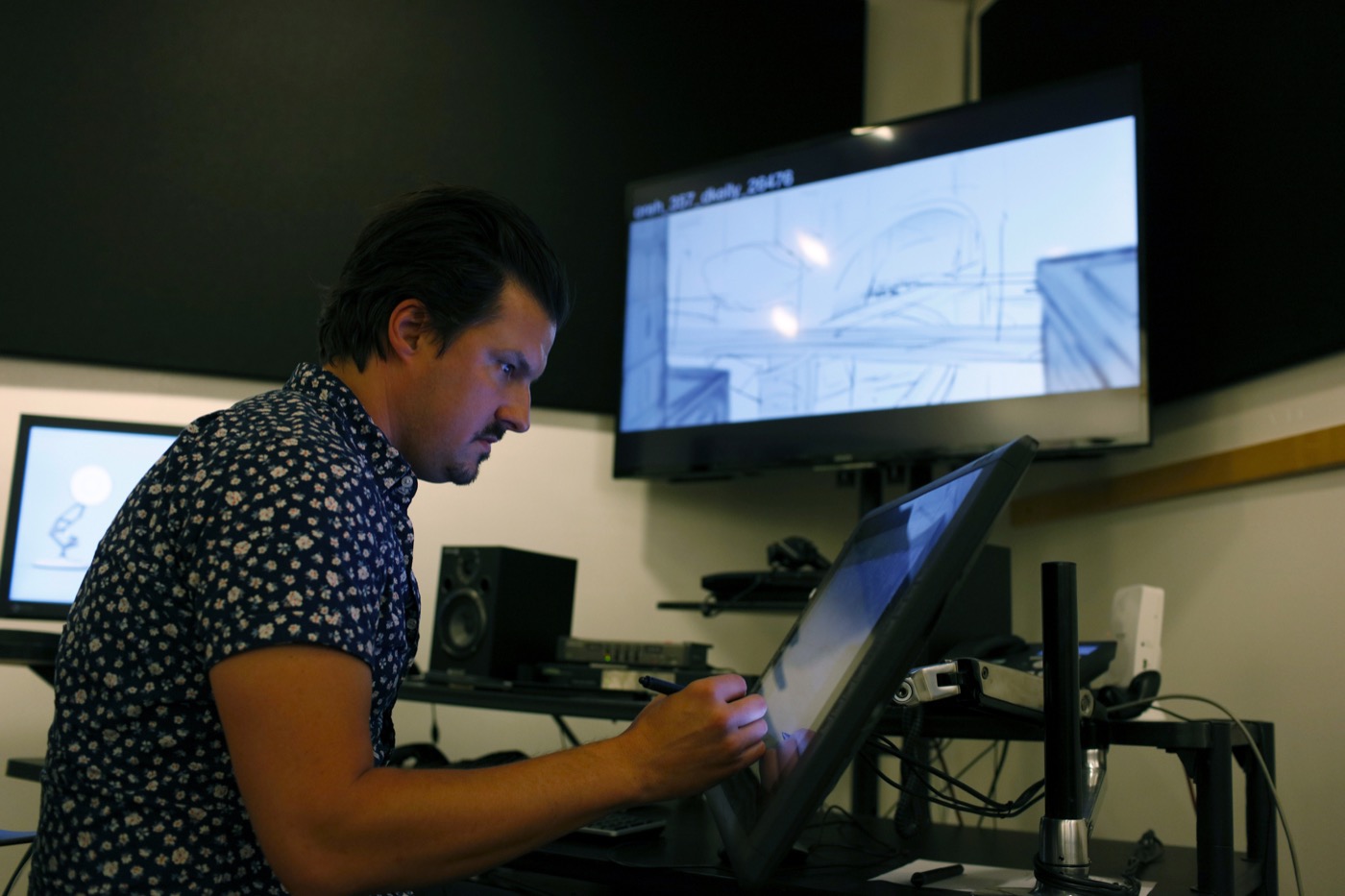
Those images are then delivered to editorial as JPEGs with an XML file that lets me start my edit with the storyboard artist’s timing already in place. On average, I expect to receive about 2000 separate JPEGs per ten minutes of content. Below you can see an image of a timeline encompassing one minute of a standard animatic.
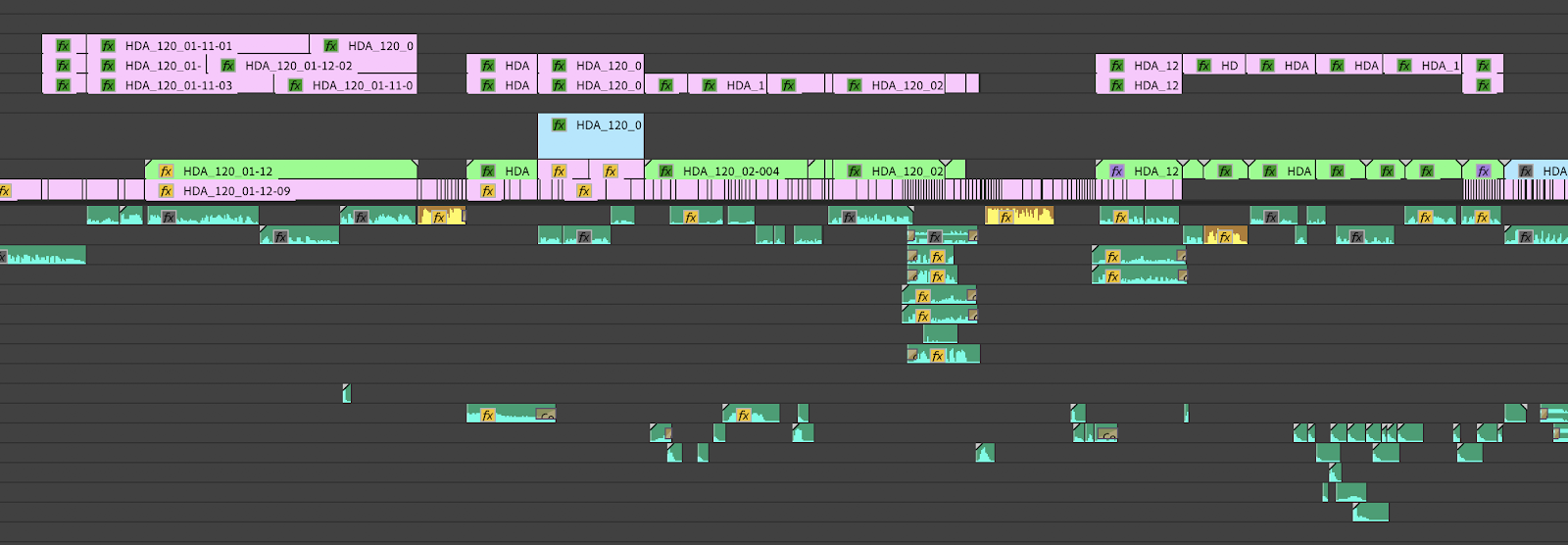
Timing and pacing are everything when editing an animatic. You’re not just editing in and out points of a shot, but also determining the flow of action in between.
Because animatics are simply a guide for animators to begin their work, aesthetics are less important. The goal is to always create an animatic that, in addition to providing a roadmap for the animators, also enables flexibility in post-production. To ensure this, here are a few rules I always follow.
Three rules:
- Have every line of dialogue delivered on screen. Even if I plan on using L cuts or overlapping edits, I generally save those for post-production, because if you build them into the cut prior to animation and decide to adjust them later, you might find that you don’t have the necessary frames. The same goes for dissolves, wipes, or post effects like camera push-ins.
- Edit at a slower pace than seems natural. Animatics are simple. Your eye quickly absorbs all the content on screen. But as those scenes move through the animation process you’ll notice each extra layer of detail appears to speed up the pace of your edit. To compensate for this, I like to leave just a little extra time on everything, knowing I can cinch things up in post-production. Generally speaking, I try to leave four frames at the head and tail of any shot with dialogue, and never less than two seconds for an establishing shot.
- Rely on SFX and music as much as visuals for story and timing. Sound effects and music can reinforce actions or feelings in a storyboard and even help fill in detail. Animation editor Judith Allen highlighted this unique process in animation by pointing out, “In live-action filming, every action on set is accompanied by the corresponding sound. Often these are replaced or enhanced, but the sound is there and used within the rhythm of the cut whether consciously or unconsciously.”
With a locked animatic and all designs complete, animation begins. There are many interim stages between animatic and final animation, but the editor’s involvement may vary.
Post-production
After each shot is animated and delivered to editorial, post-production kicks off. Many of these steps mirror that of traditional live-action with picture locking, scoring, and even color correction. But there are some animation-specific twists.
Editing animated footage
On every project, I’ve edited there’s at least five percent more footage that’s fully animated beyond the intended run time. The extra footage provides the flexibility to further refine the content through editing. Just as you’d expect in any editorial process, unnecessary shots and lines of dialogue may be cut. And I can go back and perfect the pacing of edits I kept a little looser in the animatic. But where animation editing truly departs from live-action is the editing within a shot.
Animated footage is actually more malleable than you might expect. The basic concept of animation you have to understand is animating on 1s, 2s, and 3s. Those numbers refer to the frame rate at which the action moves. A character animated on 1s has a distinct drawing (or CG animated frame) for every frame of their action. On 2s, there’s one drawing that’s held for two frames; on 3s, each drawing is held for three frames. All end up looking acceptable to viewers, so the editor can shift between them for stylistic effect.
For example:
- Lifting every other frame of a character on 2s makes the action look faster. Similarly, you can even pull every other frame of an action animated on 1s to speed up the action.
- Conversely, taking an action animated on 1s and duplicating every frame makes the action slower. Without the interpolated motion look of a slow-motion filter.
- There’s also a way to create eases and acceleration. Key-framed animation tends to move linearly, meaning a constant rate of motion between the start and end position. This type of movement isn’t always natural, though. Pretend you’re waving goodbye to someone. Your arm doesn’t move linearly throughout the action. It gradually speeds up, moves faster in the middle of the motion, then briefly eases before beginning again.
Look natural
By applying this concept to animation, an editor can introduce more natural movements to a shot that’s already been animated. An action animated on 2s can be edited to 1s in the middle of an action, to imitate the ramp-up. An action edited on 1s can be slowed down to 2s at the beginning and end. This gives the illusion of easing from a start or to a stop.

All of these techniques are extremely helpful when creating a consistent rhythm for actions moving across multiple shots. The reality is that animators often work on a single shot at a time. A car chase could be animated by as many people as there are shots in the scene. By using these techniques, the editor can add a flow and rhythm that wasn’t in the original frames.
Above is an example of applying these editorial techniques to an animated shot. The original shot is animated entirely on 2s. For the edited version, transitional motions up and down have been run on 1s. The foot at the top and bottom of the motions has been run on 3s. A slight camera shake has also been added to indicate the engine firing up. What this leaves us with is a more dynamic pedal action and a livelier shot. You’ll also notice that the overall run time of the shot hasn’t been affected. The changes are subtle, but these kinds of small details are where an editor can really improve the final result.
Retakes
In retakes, animation editing can be modified for any number of reasons. Revising character animation, fixing technical errors, and adding new lines of dialogue can all occur at this stage. Despite going through a thorough animatic process, it’s hard to know what you have until you see it all together. Very rarely are the shots you see in an animated film or television show the first pass the editor gets.
That’s why I keep every version of a shot on my timeline until after it’s been finalised. Keeping track of countless iterations of each shot requires obsessive detail, but actually speeds up my workflow. I can easily compare versions of shots to see exactly what’s changed or improved. If there are better parts in different versions, I can combine them to create the best version. Here’s an example of what one of my timelines might look like throughout the retakes process:
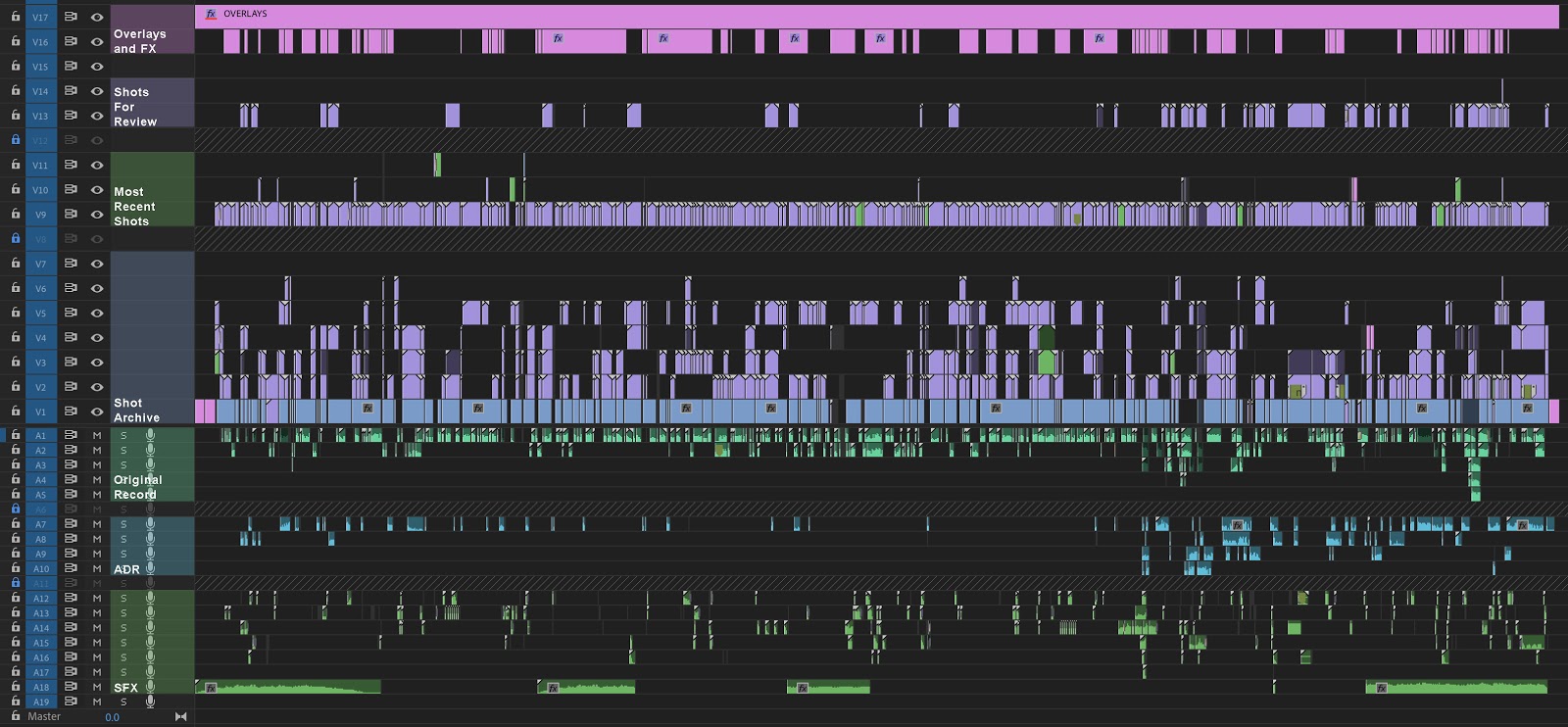
A unique role
It takes hundreds of specialized artists and technicians to complete an animated project. Many of those people pour their great talents into a very focused, hyper-specific portion of a production.
Editors who work in animation occupy a unique role, however. We’re among the few whose job is to consider every element within the context of the entire piece. We observe how all the pieces fit together, and use them to create the best possible final product.
And that’s the big difference between animation and live-action editors. We don’t work in a separate “editorial department” of the production. We’re part of the core team responsible for the story months or years before production even begins.
If you liked this article, I wrote another one unravelling the mystery of blending modes.

